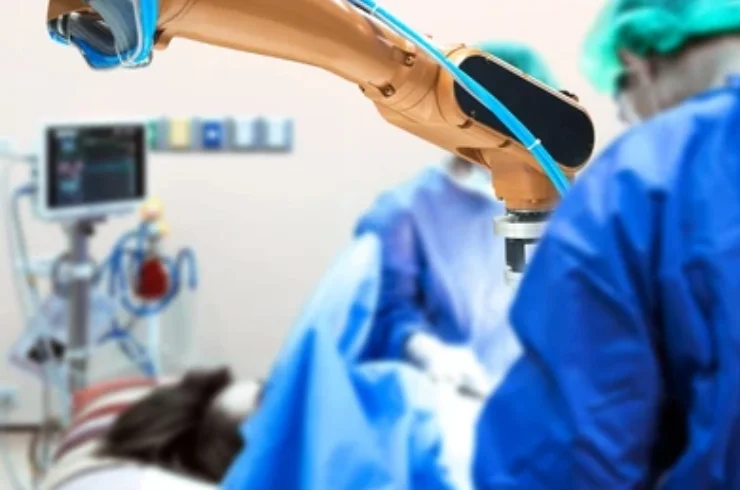IITV Assisted Surgeries: An Overview
IITV (Intelligent Image Transfer and Visualization) assisted surgeries utilize advanced imaging technologies combined with artificial intelligence (AI) to improve surgical outcomes and enhance precision. These modern surgical techniques provide surgeons with real-time data accessibility, especially beneficial in complex procedures. By integrating high-resolution imaging, augmented reality, and machine learning, IITV enhances anatomical visualization, allowing for accurate instrument tracking and informed decision-making during operations. The technology also supports minimally invasive approaches, leading to reduced recovery times and optimized patient outcomes. Furthermore, IITV systems can facilitate remote assistance, enabling expert guidance during surgeries. Overall, IITV represents a significant advancement in surgical practices, transforming how procedures are performed and improving the overall healthcare experience.

Key Features of IITV Assisted Surgeries
Advanced Imaging Techniques:
Augmented Reality (AR) and Virtual Reality (VR):
Machine Learning and AI:
Robotic Assistance:
Telemedicine and Remote Assistance:
Benefits of IITV Assisted Surgeries
Applications of IITV in Various Surgical Fields
Orthopedic Surgery:
Neurosurgery:
Cardiac Surgery:
General Surgery:
Oncology:
Challenges and Considerations
Conclusion
IITV assisted surgeries represent a significant advancement in surgical practices, enhancing precision, safety, and efficiency. The integration of advanced imaging, AI, and robotic technologies not only revolutionizes how surgeries are performed but also has the potential to transform training and patient outcomes. As these technologies continue to evolve, they are likely to play an increasingly important role in modern medicine, improving the overall healthcare landscape.